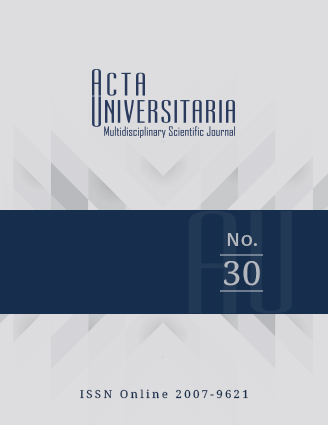Mapping the occurrence probability of forest fires for the state of Guanajuato: An anthropic approximation of ignition sources
Published 2020-11-11
How to Cite
Abstract
The generation of fire probability mapping is essential to achieve the objective 15 established in the United Nations (UN) 2030 Agenda. An explicit spatial model was developed to generate fire probability maps for the state of Guanajuato. Spatial information of the anthropic variables distance to roads, distance to urban areas, distance to agricultural land uses, and distance to forest edges as potential sources of ignition was entered in the Dinamica EGO program. The calibration time interval was 2004-2009. The weight of evidence method was used to establish the influence of these variables on the probability of fire occurrence. Finally, the resulting probabilities were compared with the fires that occurred in 2017 by means of the receiving operating characteristic (ROC) statistical test. An area under the ROC curve (AUC) value of 0.7 was obtained, which considers the map to be acceptable for predicting fires. Mapping of fire susceptibility contributes to the management of forests and biodiversity conservation.

